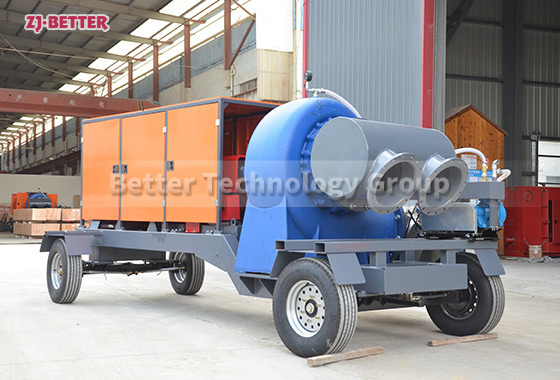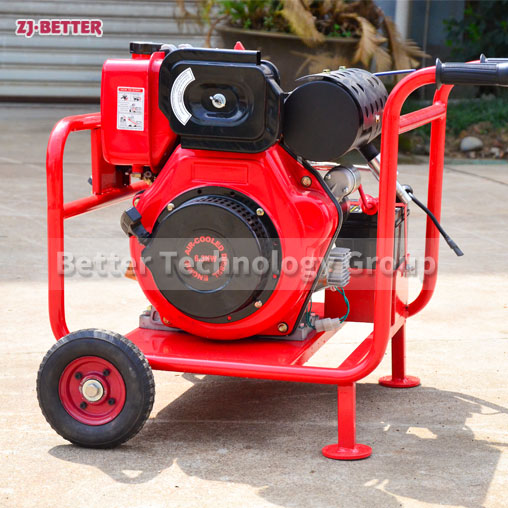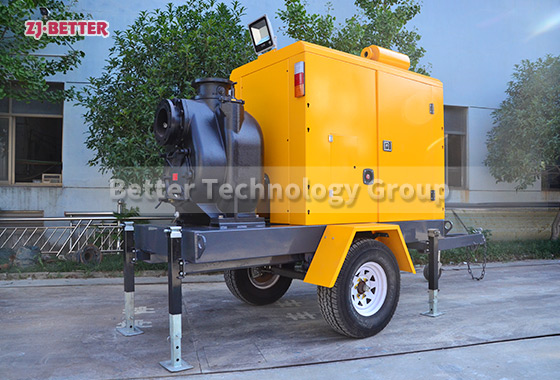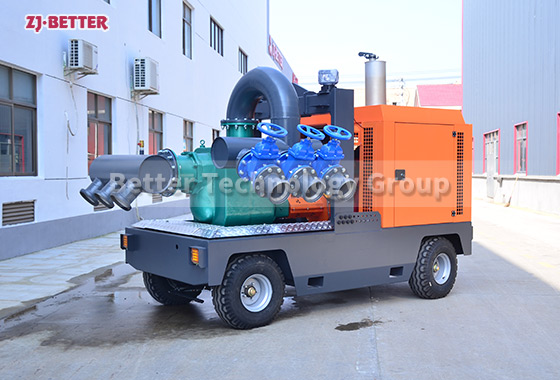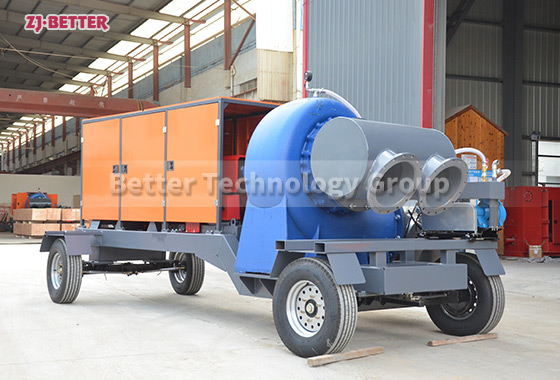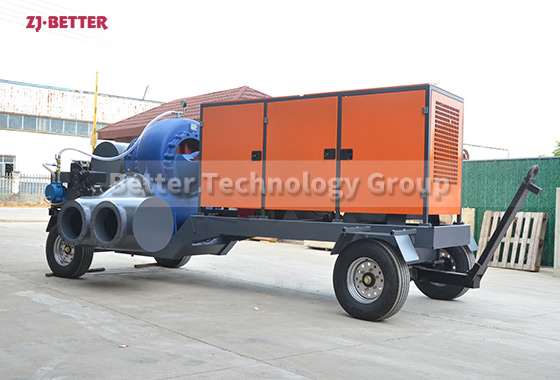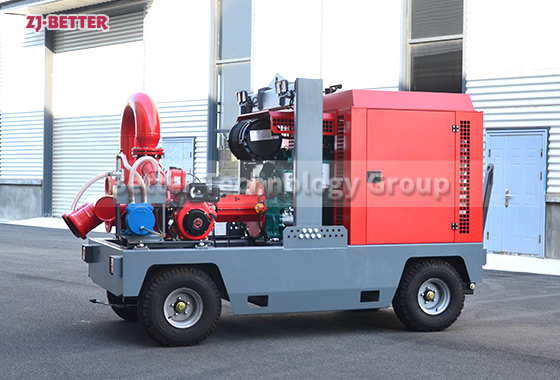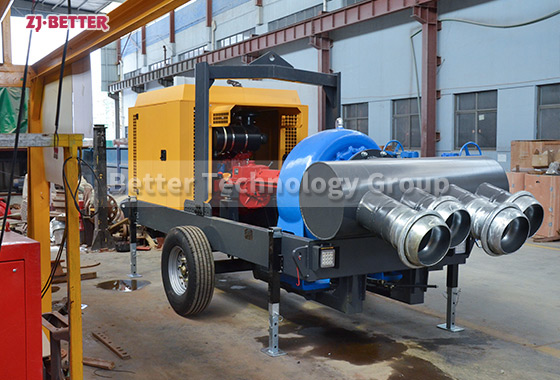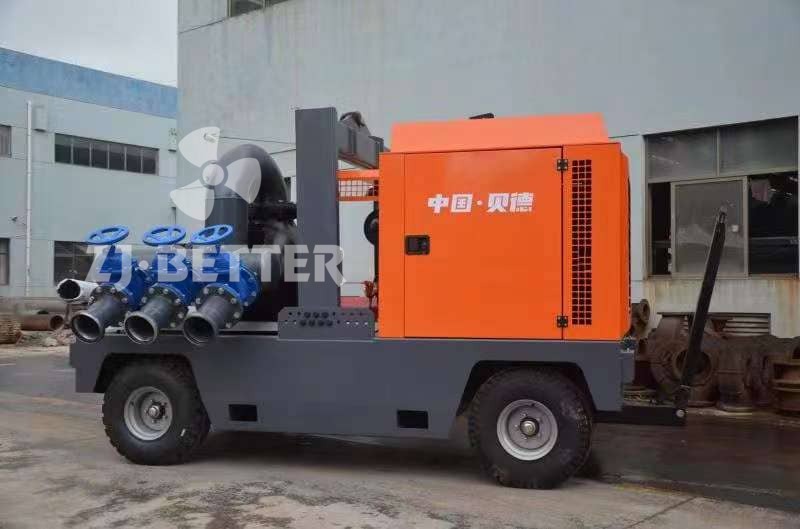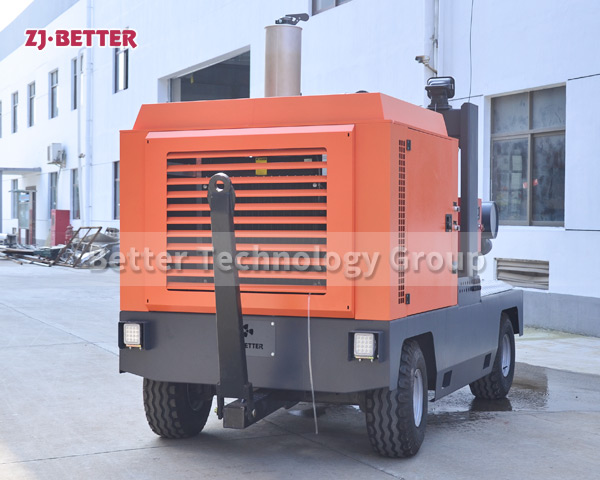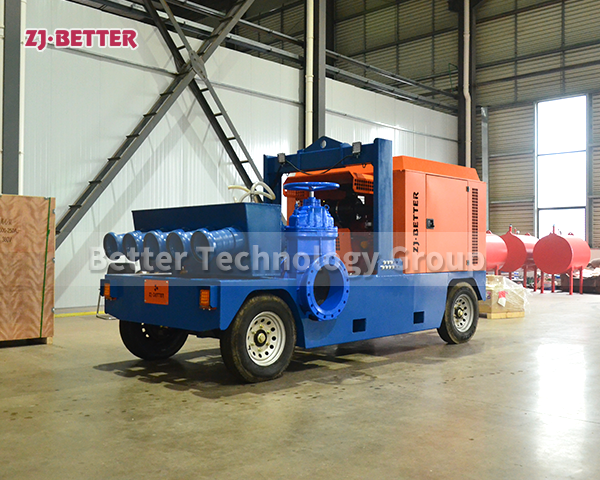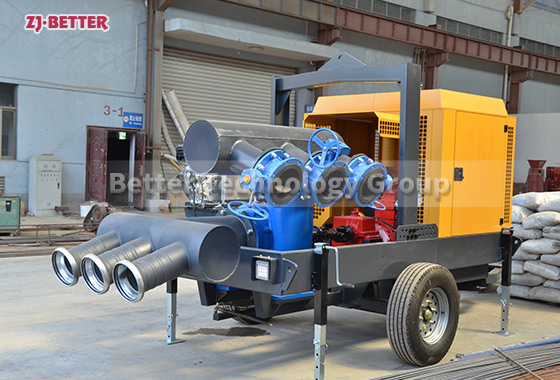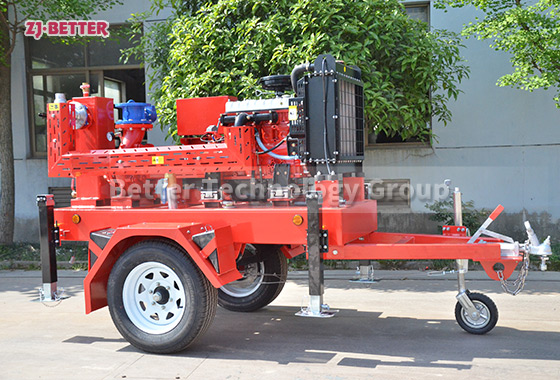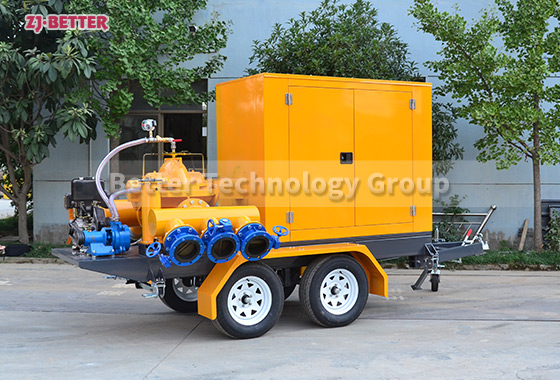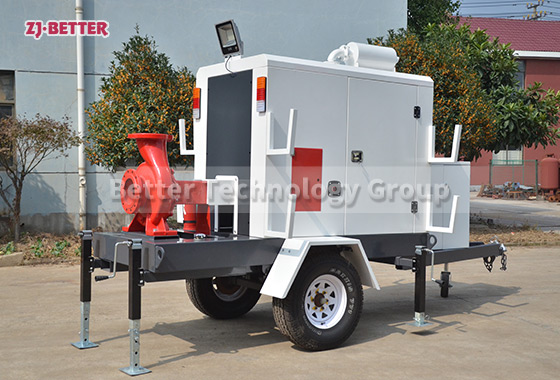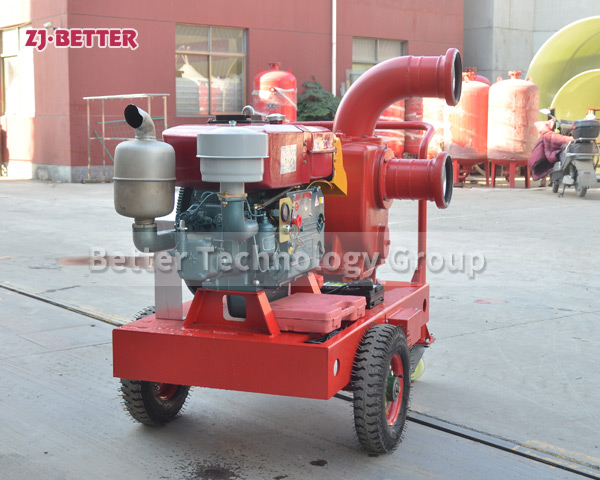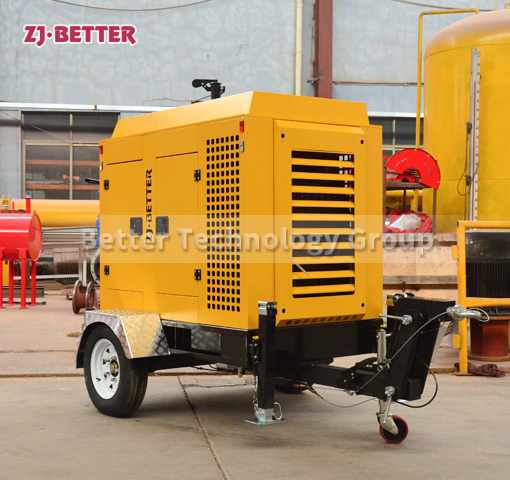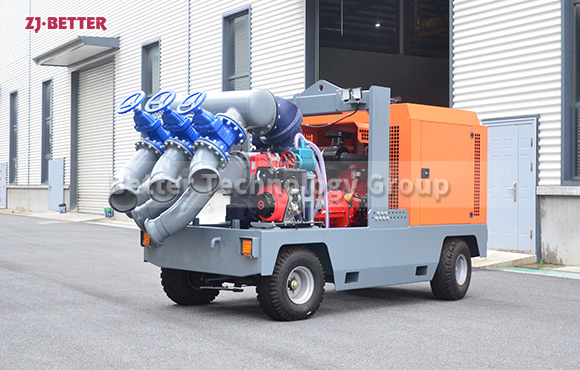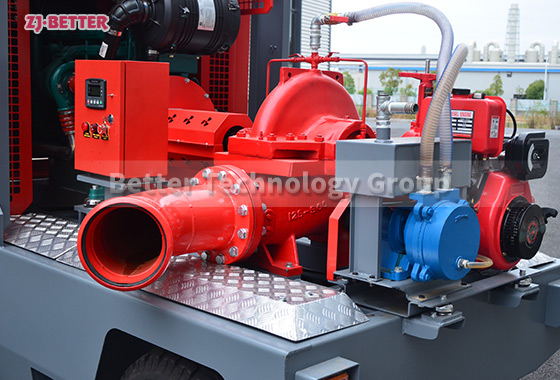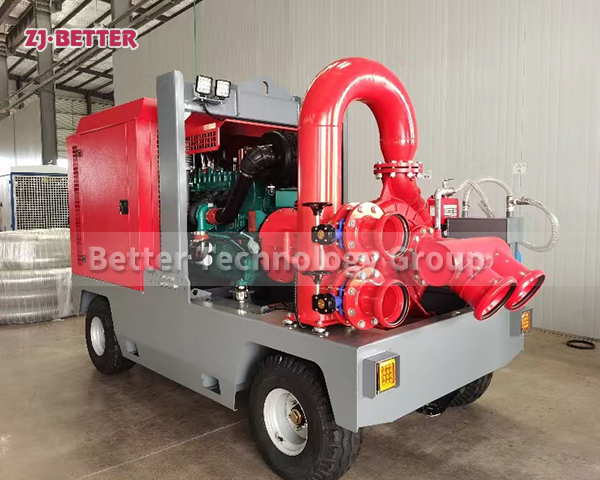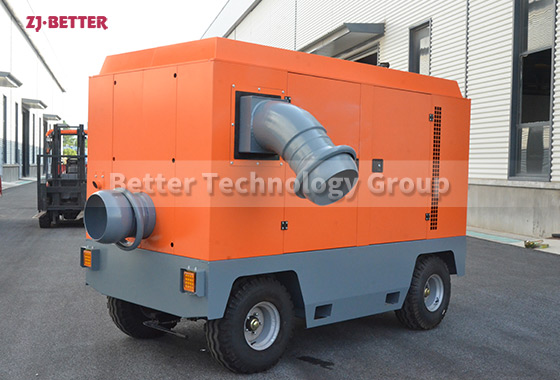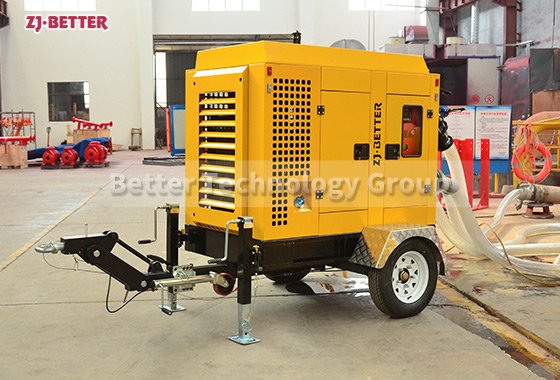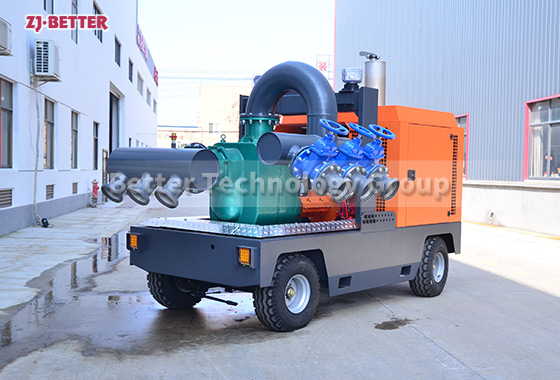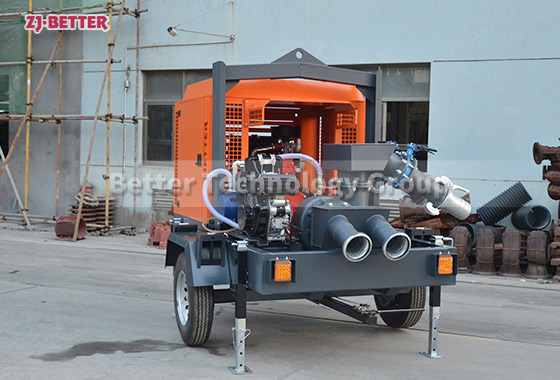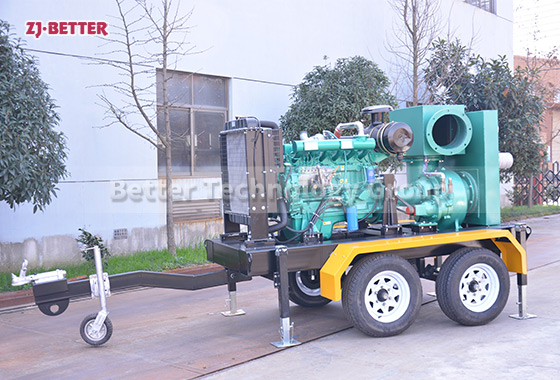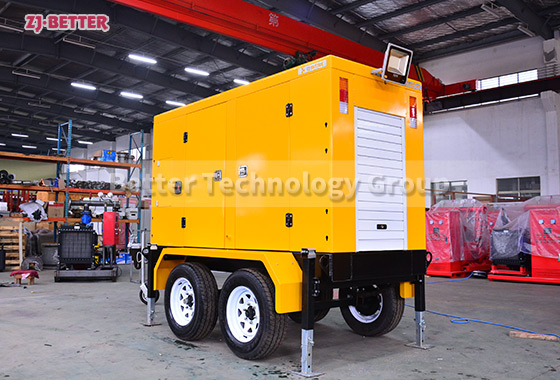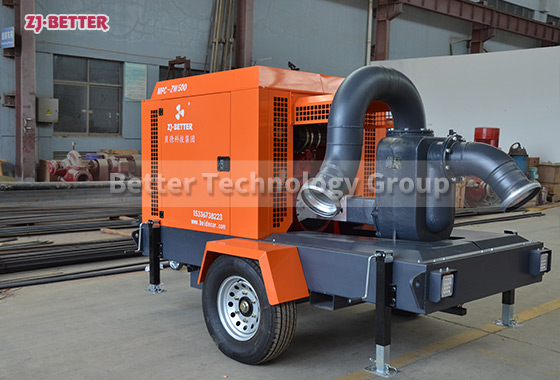How to overhaul the mobile pump truck?
Overhauling a mobile pump truck is a comprehensive maintenance process that involves inspecting, repairing, and replacing various components to bring the truck back to its optimal condition. Here’s a step-by-step guide on how to overhaul a mobile pump truck:
Overhauling a mobile pump truck is a comprehensive maintenance process that involves inspecting, repairing, and replacing various components to bring the truck back to its optimal condition. Here’s a step-by-step guide on how to overhaul a mobile pump truck:
1. Prepare and Plan:
- Gather all necessary tools, equipment, and replacement parts for the overhaul.
- Review the manufacturer’s maintenance manual and guidelines for specific instructions on overhauling the mobile pump truck.
2. Safety Precautions:
- Ensure the mobile pump truck is parked in a safe and secure location away from traffic and other hazards.
- Engage the parking brake and place wheel chocks to prevent movement during the overhaul.
3. Drain Fluids:
- Drain all fluids, such as engine oil, transmission fluid, coolant, and hydraulic fluid.
- Dispose of used fluids according to environmental regulations.
4. Remove Components:
- Remove all components that need inspection, repair, or replacement. This may include the engine, pump, transmission, drive belts, hoses, filters, cooling system components, and other parts.
5. Inspection:
- Thoroughly inspect all removed components for wear, damage, leaks, and corrosion.
- Evaluate the condition of bearings, seals, gaskets, and other critical parts.
- Identify and document any faults or issues found during the inspection.
6. Cleaning:
- Clean all components thoroughly to remove dirt, debris, and contaminants.
- Use appropriate cleaning agents and tools to ensure components are free from residues.
7. Repair and Replacement:
- Repair or replace any damaged or worn-out components, such as seals, gaskets, belts, hoses, and bearings.
- Replace filters, spark plugs, and other consumables.
- Rebuild or replace the pump, if necessary.
8. Lubrication:
- Lubricate all moving parts and components with the recommended lubricants.
- Follow the manufacturer’s guidelines for proper lubrication.
9. Fluid Replacement:
- Refill all fluids with new, high-quality replacements. Use the correct types and grades as specified by the manufacturer.
10. Reassembly:
- Carefully reassemble all components back into the mobile pump truck.
- Follow proper torque specifications for tightening bolts and fasteners.
11. Testing:
- Perform thorough testing of the mobile pump truck after reassembly to ensure everything is working correctly.
- Test the engine, pump, transmission, and all other systems for functionality and performance.
12. Documentation:
- Keep detailed records of all overhaul activities, inspections, repairs, and replacements.
- Maintain an overhaul log for future reference and maintenance planning.
13. Professional Assistance:
- Seek professional assistance or guidance if you encounter complex issues or if you are unsure about any aspect of the overhaul process.
Overhauling a mobile pump truck is a significant undertaking and may require experienced technicians and specialized equipment. It’s essential to follow the manufacturer’s guidelines and best practices throughout the process to ensure a successful overhaul and maintain the mobile pump truck’s reliability and performance.

